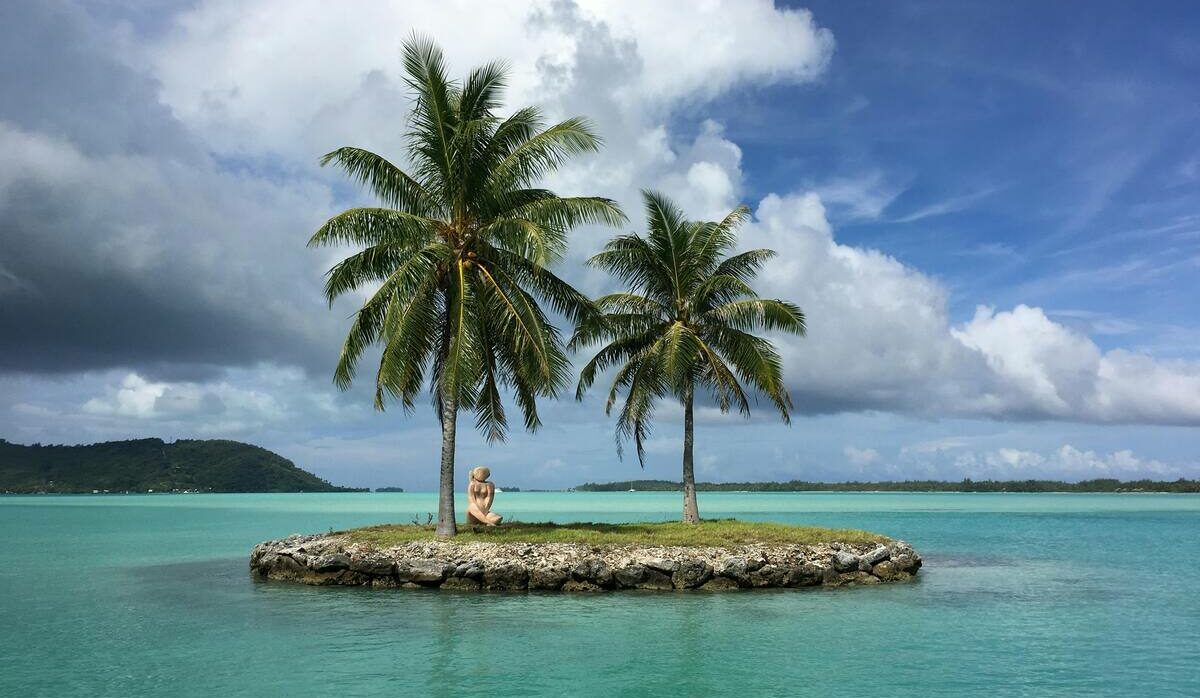For those who crave adventure beyond the ordinary, the world’s most remote islands offer an escape unlike any other. These distant, isolated destinations remain largely untouched by modern civilization, preserving unique cultures, pristine landscapes, and remarkable biodiversity. Whether you seek the thrill of exploration, the solace of solitude, or a glimpse into history, these islands promise a journey into the extraordinary.
1. Bouvet Island, Norway
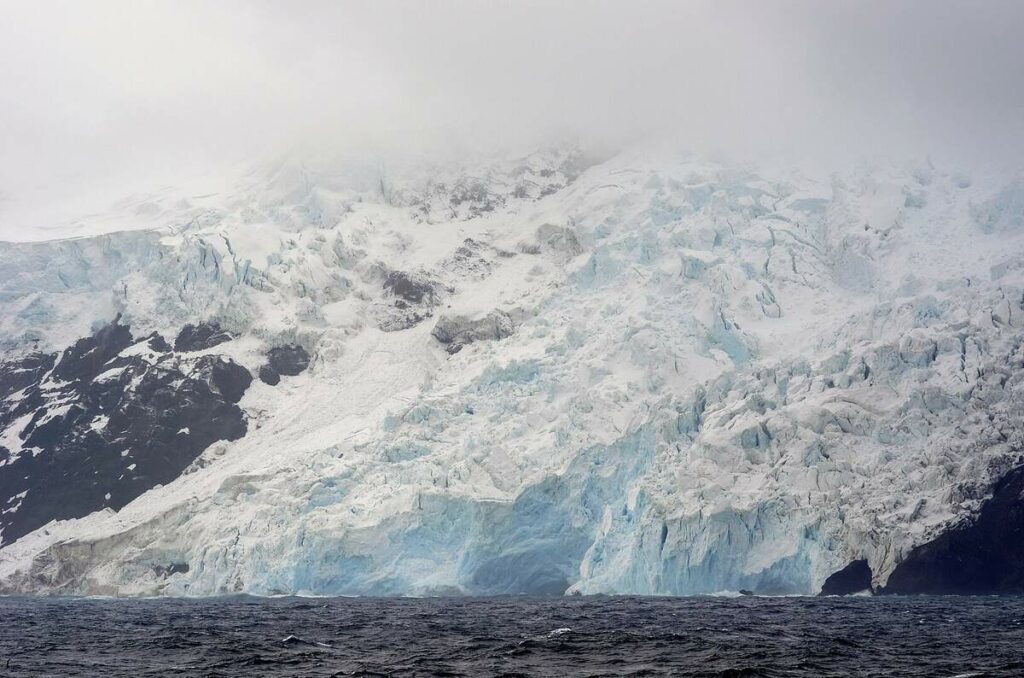
Recognized as the most remote island on Earth, Bouvet Island is an uninhabited subantarctic volcanic landmass located in the South Atlantic Ocean. Its icy terrain and surrounding glaciers make it a challenging destination, accessible only to the most intrepid explorers. The island is a protected nature reserve, home to diverse wildlife including seals and seabirds.
Historical Tidbit: Bouvet Island was first spotted in 1739 by French explorer Jean-Baptiste Charles Bouvet de Lozier. However, its exact coordinates were unclear, and it was “lost” for nearly 70 years until rediscovered in 1808.
Trivia: This desolate, icy island is an unincorporated territory of Norway and is so remote that in 1964, an abandoned lifeboat was found on its shores—with no sign of passengers or explanation, sparking conspiracy theories.
How to Visit: Only accessible by boat, with permits required due to its status as a nature reserve.
2. Henderson Island, Pitcairn Islands
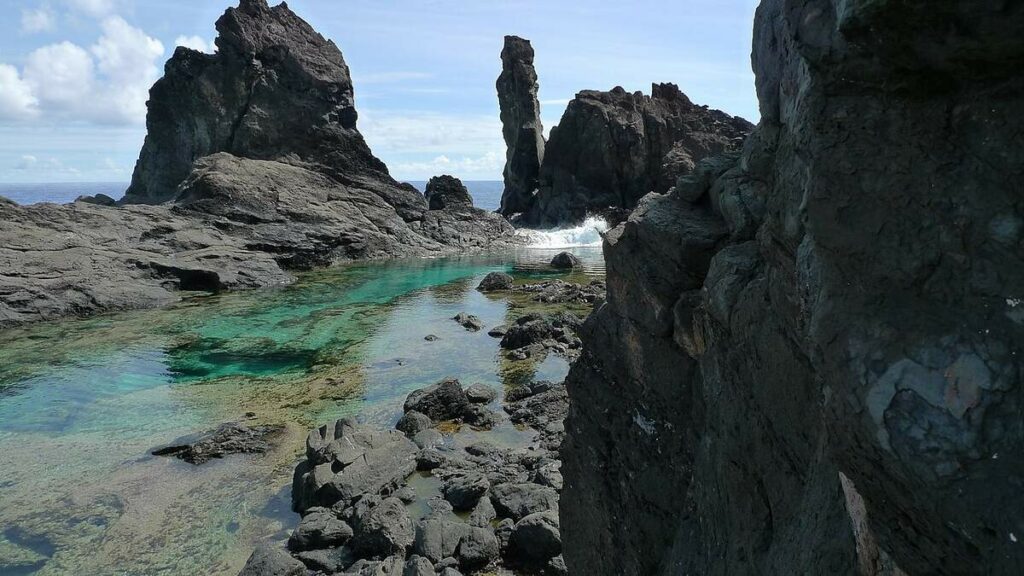
A UNESCO World Heritage Site, Henderson Island is one of the last two raised coral atolls in the world whose ecosystems remain relatively unaffected by human contact. Its isolation has allowed for the evolution of numerous endemic species, making it a paradise for biologists and nature enthusiasts. The island boasts pristine beaches and dense forests, offering a glimpse into a world untouched by modern civilization.
Historical Tidbit: Archaeological evidence suggests Polynesians briefly inhabited Henderson Island around 800-1600 AD, but the island was abandoned before European contact.
Trivia: Henderson Island remains one of the most pristine ecosystems on Earth, yet it ironically has one of the highest densities of plastic pollution due to ocean currents depositing trash on its beaches.
How to Visit: Accessible by small boat from Pitcairn Island; limited tourism infrastructure.
3. Tristan da Cunha, British Overseas Territory
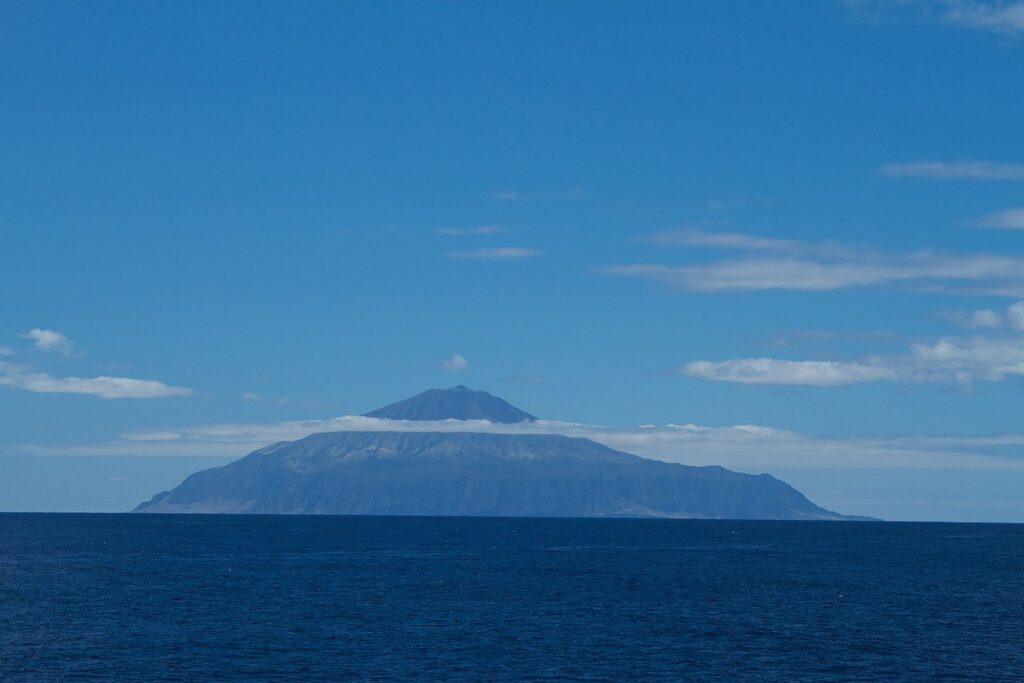
Often cited as the world’s most remote inhabited island, Tristan da Cunha lies in the South Atlantic Ocean, approximately 1,490 miles / 2,400 kilometers from the nearest inhabited land, Saint Helena. The island’s rugged landscapes, with towering cliffs and rolling green hills, are home to a small community that lives in harmony with nature. Visitors can experience the island’s unique culture, explore its volcanic terrain, and observe abundant wildlife, including albatrosses and penguins.
Historical Tidbit: Discovered in 1506 by Portuguese explorer Tristão da Cunha, the island remained uninhabited until the early 19th century when a British garrison was established.
Trivia: The entire population—fewer than 250 people—descends from just a handful of original settlers, and there are only a few surnames in use. No outsiders are allowed to settle permanently!
How to Visit: Only reachable by a six-day boat journey from South Africa.
4. Monuriki Island, Fiji
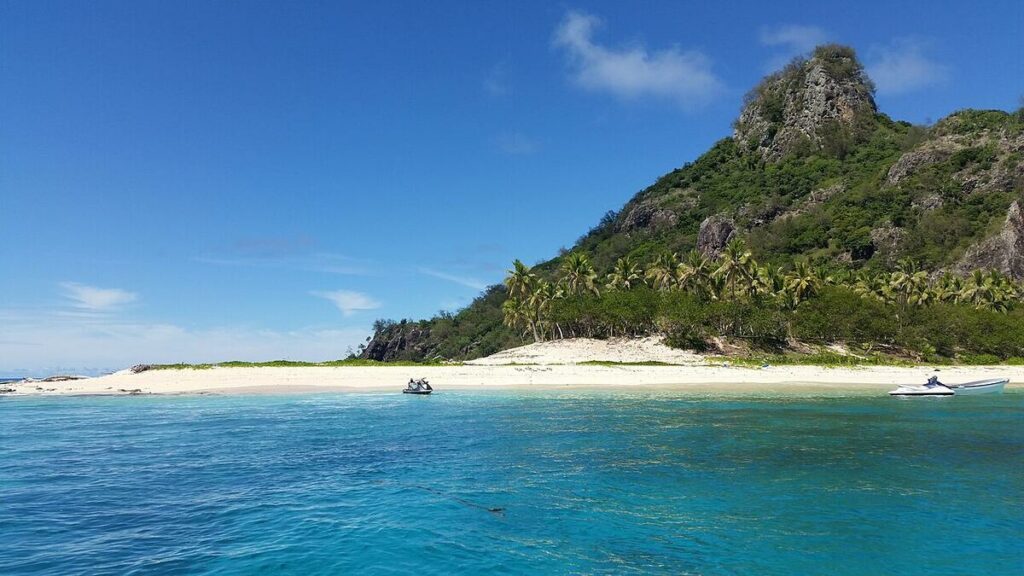
Part of the Mamanuca Islands, Monuriki gained fame as the filming location for the movie “Cast Away.” This uninhabited island features pristine beaches, crystal-clear waters, and vibrant coral reefs, making it an ideal spot for snorkeling and exploration. Its untouched beauty provides a true sense of seclusion.
Historical Tidbit: While Monuriki was never permanently inhabited, it became widely known as the filming location for Cast Away (2000), starring Tom Hanks.
Trivia: The island is home to the endangered Fijian crested iguana, a rare species once thought to be extinct until it was rediscovered on Monuriki in 1979.
How to Visit: Day trips are available from Nadi and the Mamanuca Islands.
5. San Blas Islands, Panama
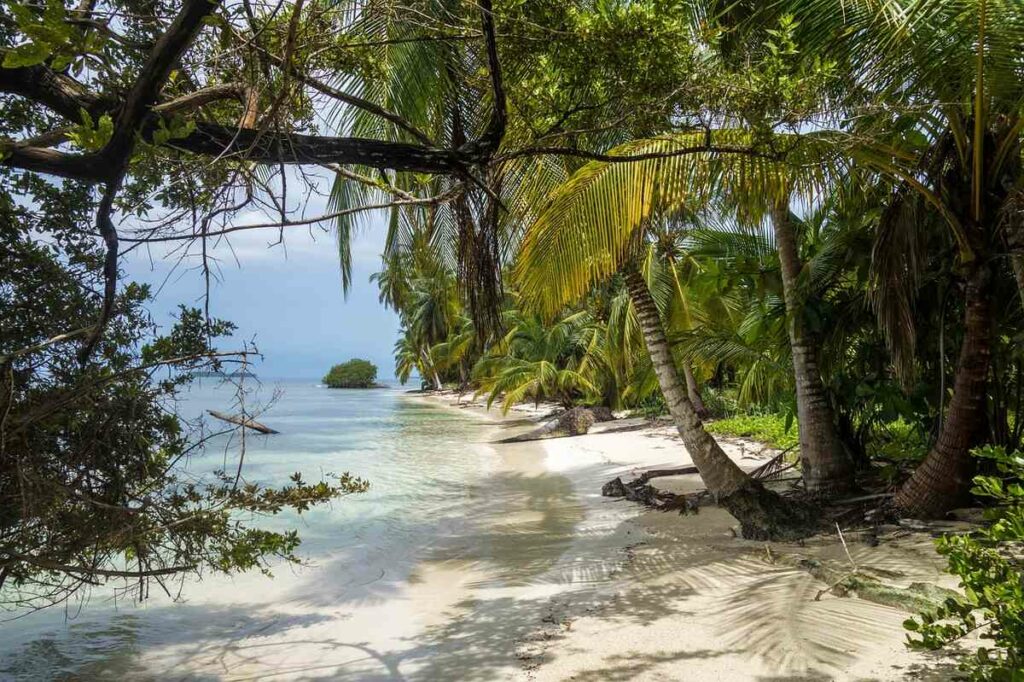
An archipelago comprising approximately 365 islands and cays, the San Blas Islands are home to the indigenous Guna people. Many of the islands remain uninhabited, offering secluded white-sand beaches and turquoise waters. Visitors can immerse themselves in Guna culture, stay in traditional accommodations, and enjoy the serene environment.
Historical Tidbit: The indigenous Guna people, who still inhabit the islands, successfully resisted Spanish colonization and maintain a semi-autonomous government.
Trivia: The Guna have one of the world’s most well-preserved indigenous cultures, and their colorful mola textiles are internationally renowned.
How to Visit: Easily accessible by boat from Panama City.
6. Faroe Islands, Denmark
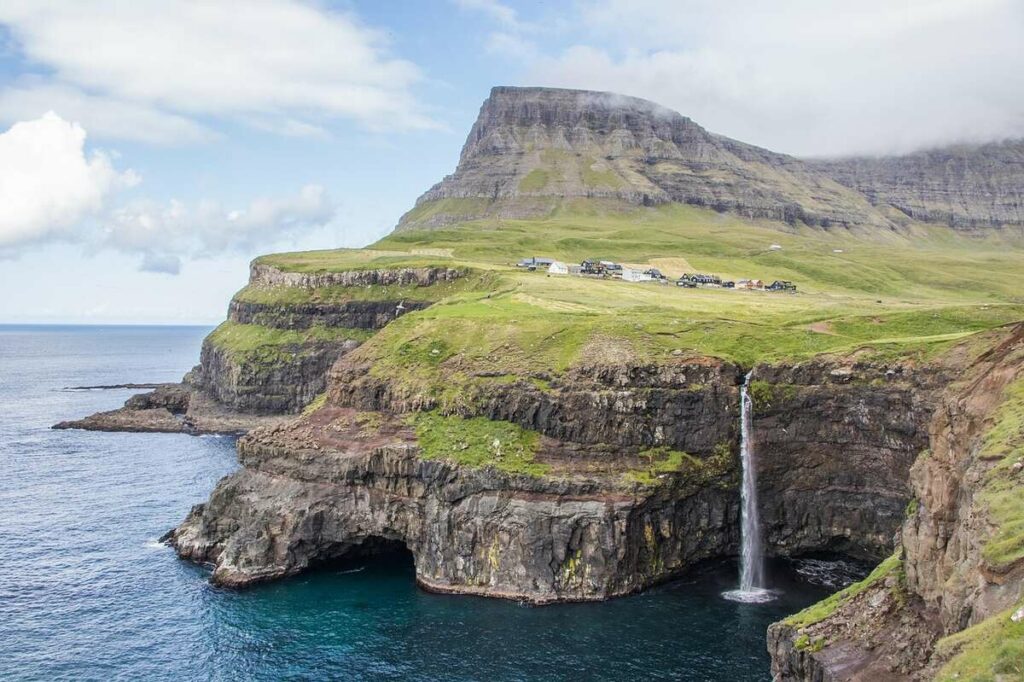
Located between Iceland and Norway, the Faroe Islands consist of 18 volcanic islands characterized by dramatic cliffs, rolling green hills, and abundant birdlife. The islands offer a blend of natural beauty and cultural experiences, with picturesque villages, hiking trails, and opportunities to witness traditional Faroese practices.
Historical Tidbit: First settled by Irish monks in the 6th century, the Faroes were later claimed by Vikings in the 9th century, leading to a Norse legacy that still influences the culture today.
Trivia: There are more sheep than people on the Faroe Islands, and a famous traffic-reporting service once involved placing cameras on sheep to track road conditions.
How to Visit: Regular flights from Copenhagen and other European cities.
7. Easter Island (Rapa Nui), Chile
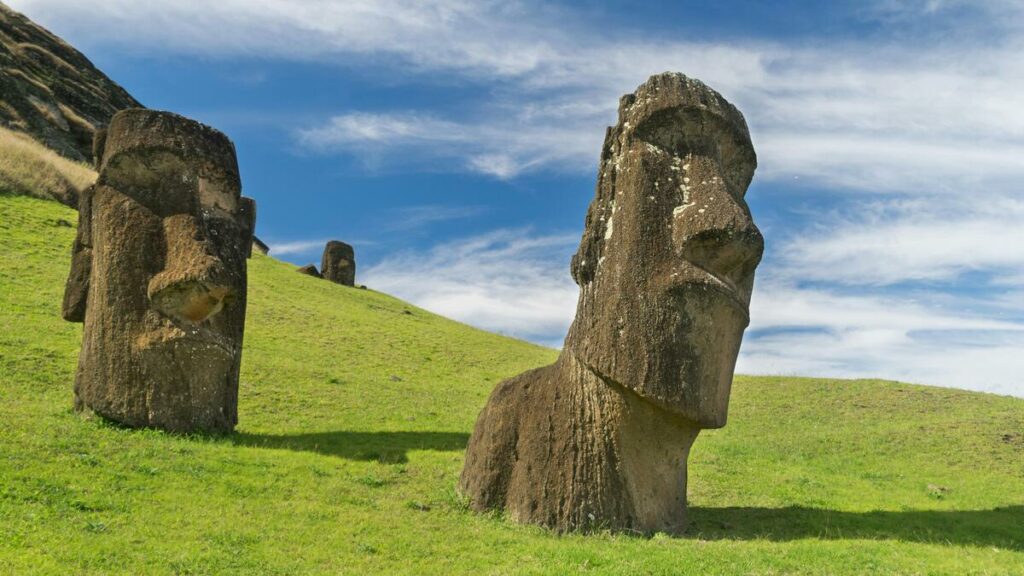
Known for its enigmatic moai statues, Easter Island is situated in the southeastern Pacific Ocean. Its remote location has fostered a unique Polynesian culture, and the island’s archaeological sites provide insights into its mysterious past. Visitors can explore volcanic craters, pristine beaches, and the rich heritage of the Rapa Nui people.
Historical Tidbit: The island’s iconic moai statues were built between 1250-1500 AD by the Rapa Nui people, likely to honor ancestors.
Trivia: The island’s deforestation led to societal collapse in the 17th century, but in recent years, reforestation efforts have introduced thousands of new trees.
How to Visit: LATAM Airlines operates flights from Santiago, Chile.
8. Socotra Island, Yemen
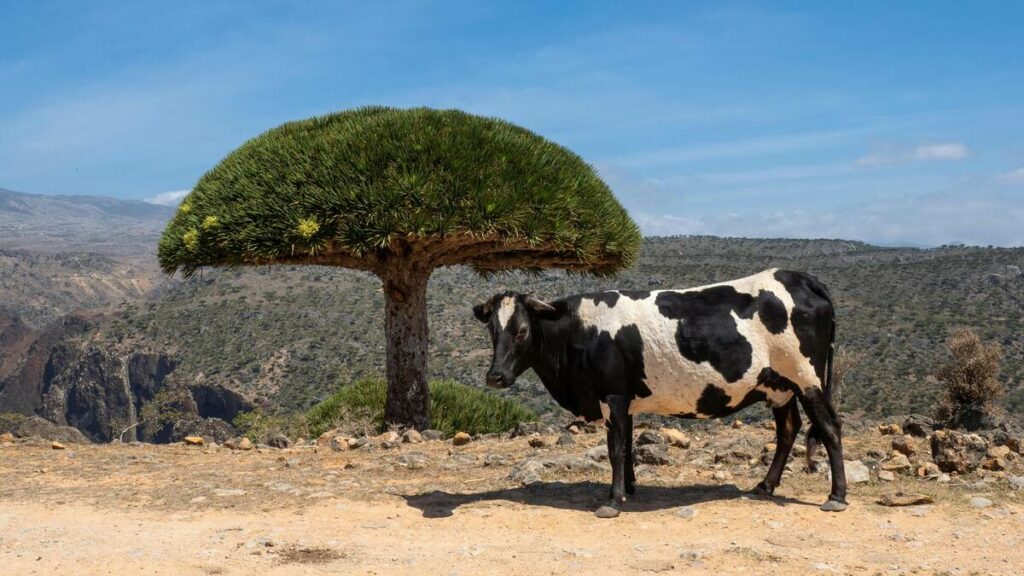
Often dubbed the “Galápagos of the Indian Ocean,” Socotra Island boasts a high level of biodiversity with many species found nowhere else on Earth. Its otherworldly landscapes include dragon’s blood trees, white sand dunes, and pristine beaches. The island’s isolation has preserved its unique flora and fauna, making it a destination for nature enthusiasts.
Historical Tidbit: Socotra was mentioned in ancient Greek and Arabic texts as a land of mythical creatures. Some believe it inspired the biblical Garden of Eden!
Trivia: Over one-third of Socotra’s plant species are found nowhere else on Earth, including the dragon’s blood tree, which “bleeds” red sap.
How to Visit: Flights available from mainland Yemen or the UAE.
9. Svalbard Archipelago, Norway
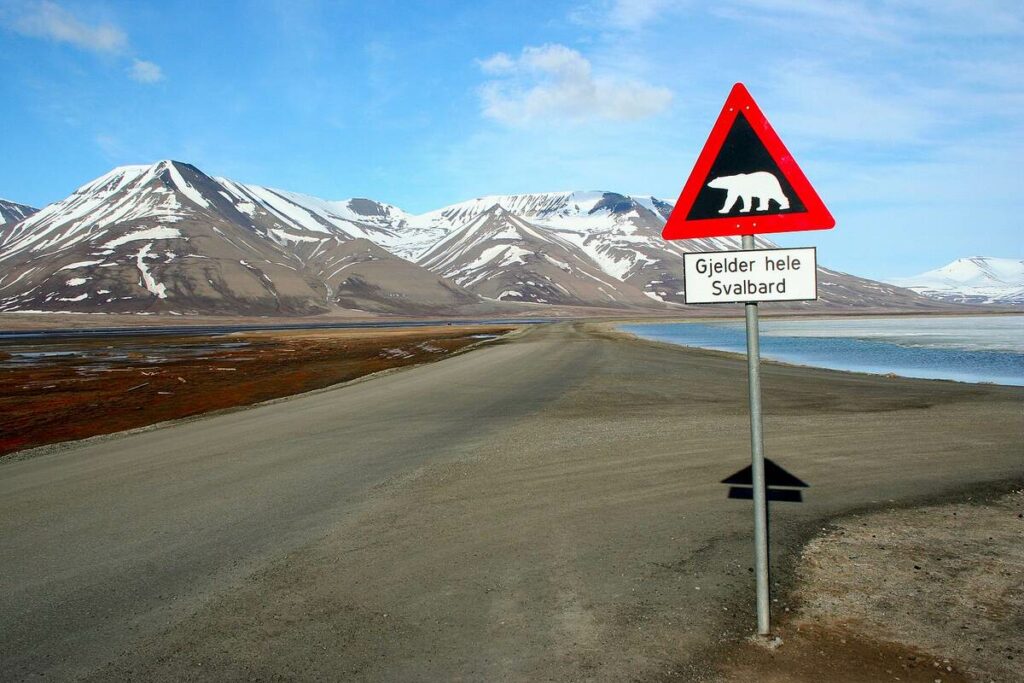
Located in the Arctic Ocean, Svalbard is one of the world’s northernmost inhabited areas. The archipelago features rugged mountains, glaciers, and a diverse range of wildlife, including polar bears, arctic foxes, and walruses. Visitors can experience the polar night, midnight sun, and explore the remnants of historic mining towns.
Historical Tidbit: The archipelago was used as a whaling base in the 17th and 18th centuries and later became a hub for Arctic exploration.
Trivia: Svalbard has a unique law—polar bear encounters are common, so residents must carry rifles when traveling outside settlements as a means to startle and scare them off.
How to Visit: Flights operate from Oslo and Tromsø.
10. Pitcairn Island, British Overseas Territory
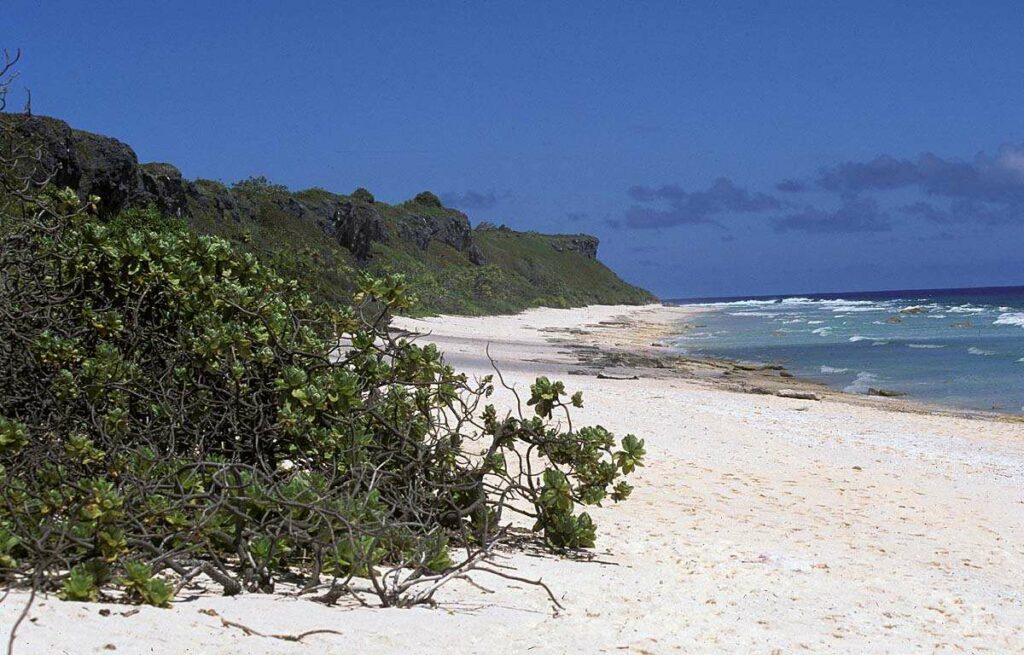
Famed as the settlement of the HMS Bounty mutineers, Pitcairn Island is nestled in the South Pacific Ocean. With a population of around 50 residents, it stands as one of the world’s least populous jurisdictions. The island offers a rich history, clear waters, and a close-knit community eager to share their stories with visitors.
Historical Tidbit: This island became famous when the HMS Bounty mutineers and their Tahitian companions settled here in 1790 after overthrowing Captain William Bligh.
Trivia: To avoid detection, the mutineers burned the Bounty ship upon arrival. Its remains were rediscovered in Bounty Bay in 1957 and can still be seen in the clear waters near the shore.
How to Visit: The only way to reach Pitcairn is via a 32-hour boat journey from French Polynesia.
Every journey leaves a mark, and small choices can make a big difference. Choosing eco-friendly stays, supporting local communities, and being mindful of plastic use help preserve the beauty of the places we visit. Respecting wildlife, conserving resources, and traveling sustainably ensure future generations can experience the same wonders. By treading lightly and embracing responsible travel, we create meaningful connections and lasting memories. Here’s to adventures that inspire and footprints that honour our planet. Safe and mindful travels!

